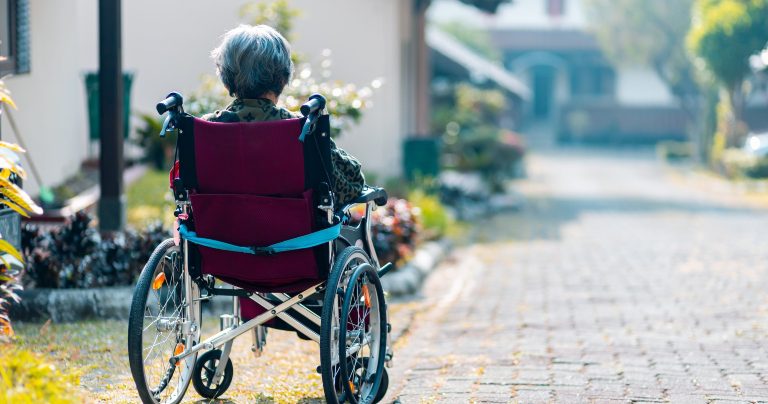Gathering information is the first step to creating a more inclusive church building and atmosphere, so you’re doing great so far. In Luke, Christ calls us to welcome people of all abilities and backgrounds. Anyone who desires to worship the living God and hear the good news of the gospel should have a way to do so.
The unfortunate truth is older buildings are generally far behind modern inclusivity standards. In addition, religious institutions are exempt from the Americans with Disabilities Act (ADA). How can you, as the leader of your flock, prepare a welcoming place to serve all attendees despite these common issues?
1. Start With Yourself
Any change in the church has to begin with you. You’ll need more than knowledge to make this venture successful — you need a heart change. As the church’s leader, your congregation will follow you, for better or worse. They need to see your sincere commitment to inclusivity.
Pray constantly for the Spirit to soften your heart to all who come through the doors. Ask for the right words to say and steps to take.
2. Work On Hearts
The church body’s attitude toward people with different abilities and needs is just as essential as physical accommodations. Installing a ramp and displaying lyrics on a large screen won’t compensate for hard hearts. Guests and members know when they’re welcome and when they aren’t.
Enact change by preparing a series of sermons about inclusivity and God’s love for all his people. You can also hold a membership meeting to air concerns and present accurate information.
3. Get a Diverse Group Involved
Before making any significant changes, you must assess your needs. Talk to church and community members about how you could improve. Ask questions about the entire experience. How does the building function? Do members and staff feel welcoming to all? Is the service accessible? You should also create a diverse board to review and implement alterations.
4. Address Safety First
Ample exits and fire alarms are essential safety measures any building must have. Keeping up with these is in your congregation’s best interest. However, you must consider how well the same systems work for guests with different abilities.
Multi-sensory alarms, including visual and audible signals, are helpful for those who have sight or hearing loss. You also need to ensure you mark exits and stairs so anyone can see or feel where they are and get out in an emergency. Train your hospitality crew and staff members to look out for people with different abilities to help them if needed.
5. Accommodate for Independence
While help is most often welcome during an emergency, people with different abilities deserve the right to remain independent. Your first mission is to install essential accessibility tools like ramps around the premises and inside the building. We recommend following the ADA’s 1:12 standard slope, as it can greatly enhance the comfort level of your guests.
Consider independence measures for people of all abilities. For example, raised bumps on the floor could alert someone with no sight to a stairwell and automatic doors are ideal for those with some physical disabilities.

6. Make Room for Nursing Mothers
Consider moms among the people who may need extra accommodations. They may want a separate space to quiet a fussy baby. A nursing room gives them a peaceful place to go and the privacy to breastfeed when they need. Use speakers and a television or screen to livestream the service so moms can stay part of the worship.
7. Provide Options for People With Sensory Needs
Your service isn’t the same experience for everyone in your audience. People with different abilities may miss out on whole aspects or feel overwhelmed by certain practices. You can take extra measures to ensure all attendees can enjoy the service. Equip the praise team and any speakers with microphones and offer headphones for people to hear even better. Noise-canceling headphones are another great option for guests overstimulated by loud sounds.
You can project lyrics and the sermon’s main ideas on a screen so anyone can follow along regardless of hearing abilities. Keep any lighting effects to a minimum since bright or flashing lights can be alarming to some people.
8. Revamp the Online Experience
Having a functional and active online presence is another excellent way to boost inclusivity in your church. A website with a search bar helps people with low vision find what they’re looking for with less scanning. Similarly, you can upload access to announcements, the bulletin, sermon notes and lyrics so people can use their devices to blow these up larger during the service.
Your congregation probably has a few members who’d benefit from streaming the service online. Congregants who are sick or otherwise cannot leave their houses can still be part of the community and learn from the sermon from the comfort and safety of their homes.
Tell the Community
Let the community know once you’ve revamped your building and service for people of all abilities. You may be the only church in the area willing to reach out to underserved groups to this extent. You never know who you may bring to the Lord by making these changes. Let your serve-others-first mentality be a beacon to the world.












